Brew With Us ESSENTIALS – introduction to water

Water lot of palaver…
Water can be over 90% of your beer – so it can make a big difference!
But isn’t water chemistry really complicated?
Maybe it doesn’t have to be…
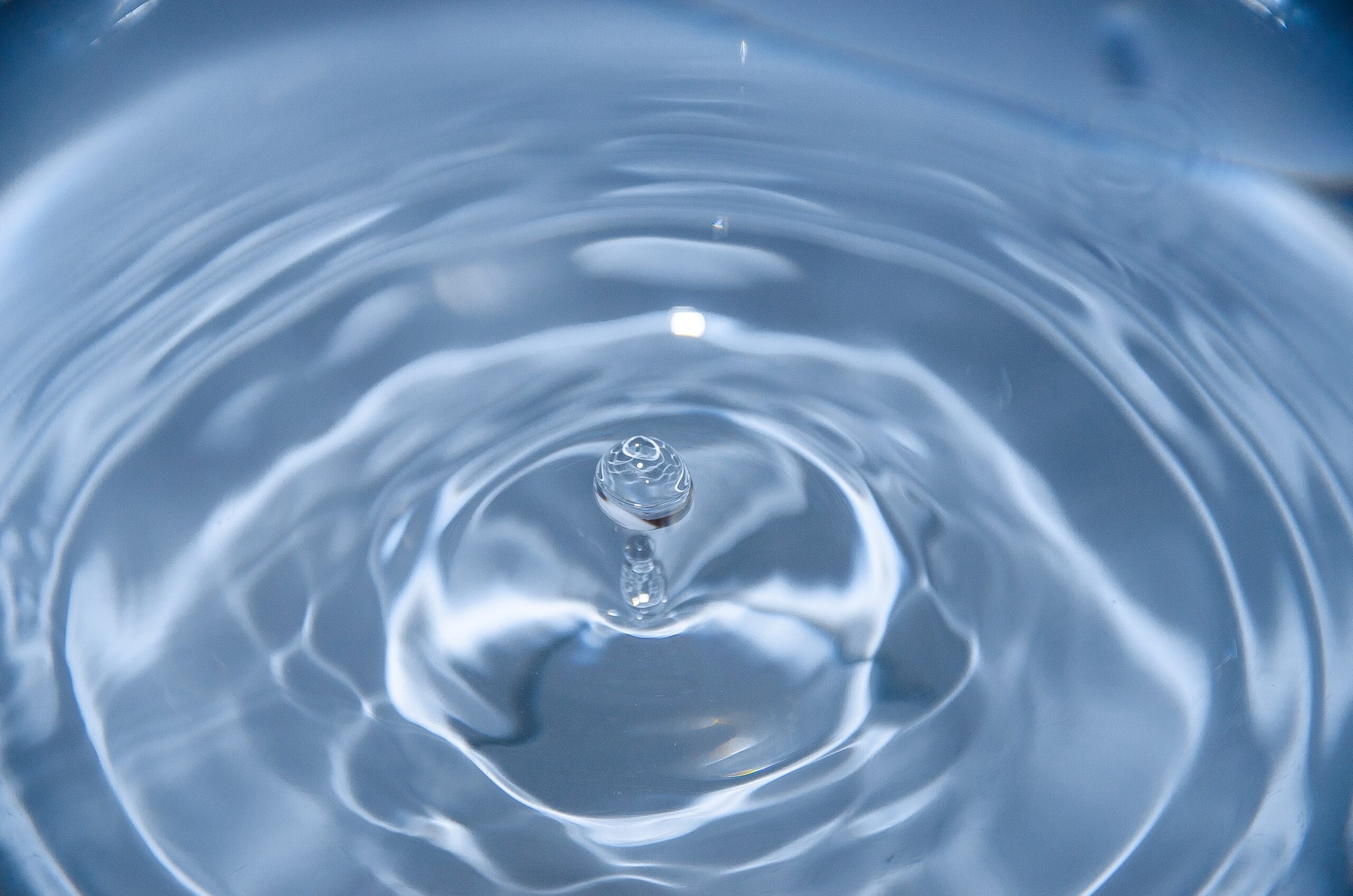
There’s no denying that learning about water for brewing can seem complex. Even “simple” guides sometimes read like you need a chemistry degree to understand it all!
With that said, mash enzymes, hop isomerisation, and yeast esters are all complex chemical processes. Just as with water chemistry, if you really get into the details of what happens in the mash, or how yeast grows, you’ll find an awful lot of technical terms. Yet most brewers are happy to discuss mashing and fermentation – we just keep it simple.
Getting your head around mashing can seem easier because we break it down to just a few key parts: what you put in (the grist), how warm (mash temperature), and perhaps how thick or thin it is (mash to liquor ratio). Likewise, when we’re fussing over fermentation, we look at which yeast strain to use, how much yeast to add (pitching rate), and the temperatures we use.
Focusing on just a few parameters makes things a lot easier to understand – particularly when they’re things you can directly control. It’s especially important that these parameters help you get good results. Scientific theory is brilliant, but we’re here to make good beer, first and foremost!
We think getting good brewing water should be as easy as getting a good mash. So over the next few chapters, we’ll explore the top things you need to know.
Tap water, bottled water, reverse osmosis water – we’ll guide you through how to decide where to get your water from.
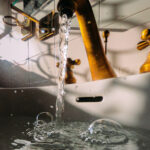
Just as a chef seasons their food to bring out the best flavour, you can add a variety of different minerals to your beer. We’ll look at how to hit the right flavour notes for every beer you brew!

The pH scale measures how acidic a liquid is, and the pH of your mash is an important factor in not just the efficiency of your brew, but also the overall flavour of your beer. We’ll explain in simple terms how to understand pH levels and why they matter.
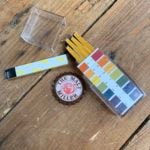
There are dozens of different acids, salts, and water treatments available – we’ll take you through what they do and how to choose the right products for you.
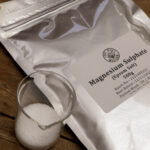
Knowing what your source water is, the mineral profile and pH you’re aiming for, and what the different water treatment products do, we’ll put it all together and give a step by step guide to adjusting your water.
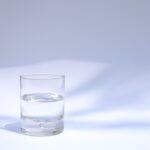
As always, we wrap up with a look at some of our favourite recipe kits – and which water treatment will bring out the best in them.
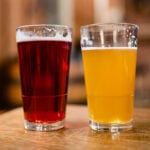
You might be thinking at this point – why is this so important? Everyone knows that if the water out of your tap doesn’t taste good, you should use bottled water, but beyond that surely it’s a lot of fuss?
You absolutely can make good beer without touching your water, and many homebrewers do just that every day. If you decide not to worry about your water, that’s completely fine – though it can still be useful to learn about what difference water makes to back up your decision.
Fancy a cuppa?
One easy experiment you can try to show just how much different water can make is to make some coffee. It’s always time for a cuppa, right?
Start with two cups of instant coffee, made up with boiling water from your normal tap. Add a tiny pinch of salt to one cup – regular cooking salt is best, and you only need a very small amount (around 1/8th of a teaspoon). You might think it will taste, well, saltier, but you may also notice that the coffee tastes less bitter. If you have milk or sugar, you might find that the one with salt tastes sweeter, too. Too much salt, though, drowns out the flavours altogether.
You can extend this experiment very simply by using different kinds of water instead of adding salt. Always start with a cup made up with your regular tap water so you have something to compared against. Try a bottle of spring water versus your regular tap, or a bought bag of ice cubes allowed to melt before being boiled. You could even capture some rainwater (though you might have to filter it to remove any bits of sediment).

If you’re feeling particularly intrepid, you could make your own distilled water by boiling tap water and condensing the steam. This is a lot more time and effort – not to mention messier – however, the difference vs regular tap water will be very apparent!
Liquor virgin, drenched for the very first time
Where better to start with getting your water in the first place?
From tap to bottle, you’ll learn how to choose the right water for your beer.


